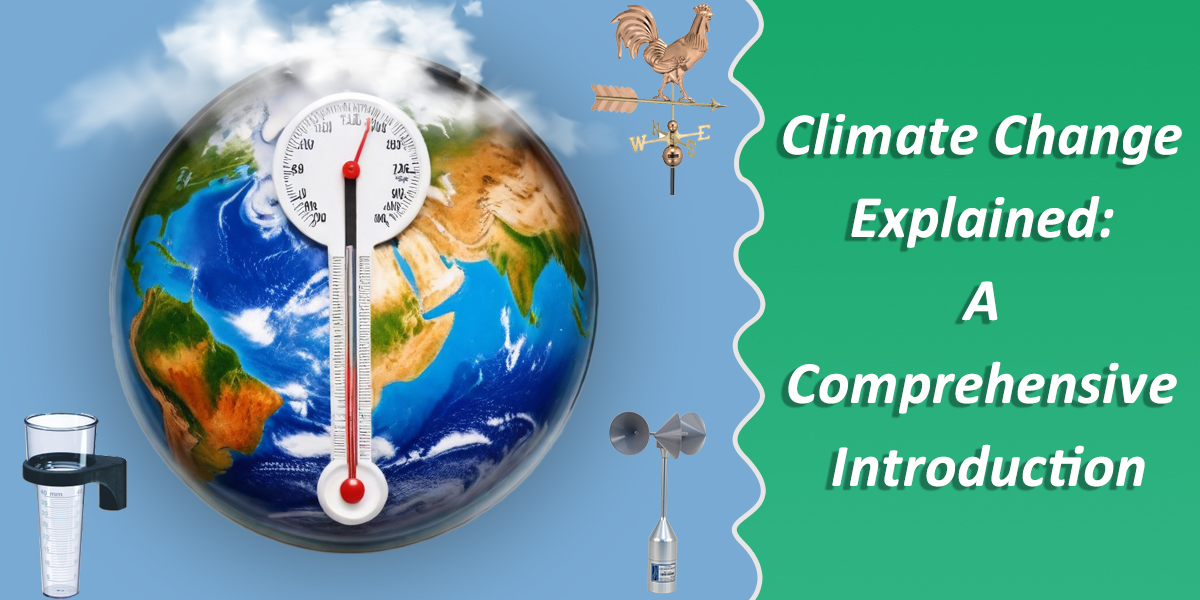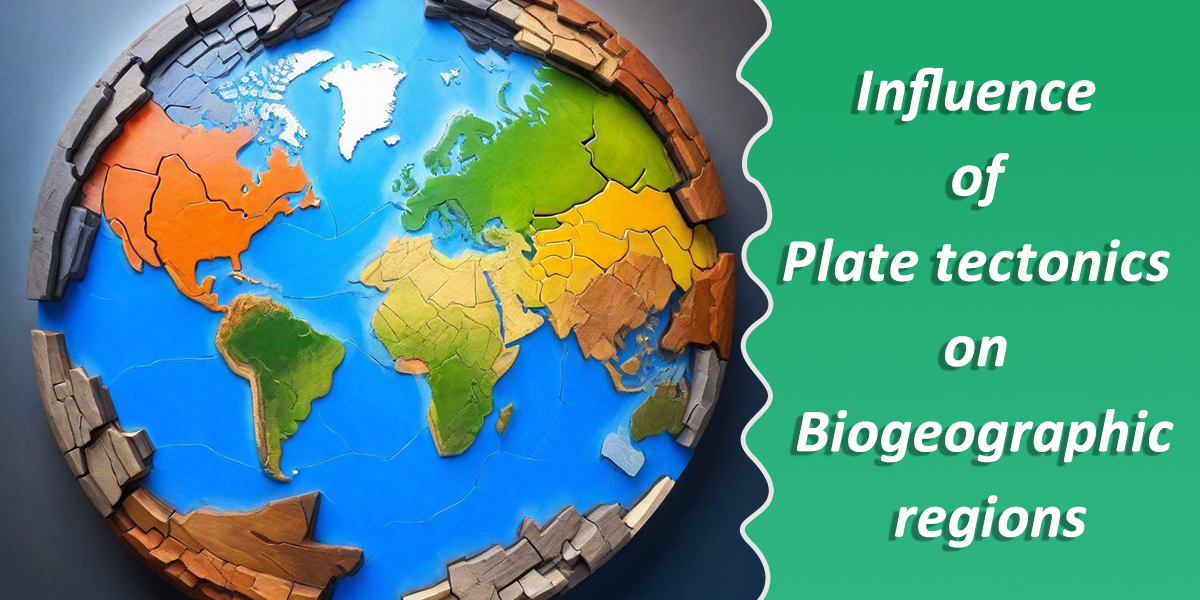Table of Contents
ToggleWhat is settlement geography?
Settlement Geography is a branch of human geography that studies or investigates the earth’s surface part where humans settle. The primary aim of studying settlement geography is to acquaint with the spatial and cultural characteristics of human settlement under varied environmental conditions.
What is Human Settlement
According to the United Nations Vancouver Declaration on Human Settlement (1976), human settlement is the totality of the human community, whether city, town, or village, with all the social, material, organizational, spiritual, and cultural elements that sustain it.
A human settlement can also be defined as an existence of occupancy for shelter, where people live. It is man’s structural transformation towards application to his environment. A settlement is man’s first step towards adaptation to his environment.
Settlement designates an organized colony of human beings together with their residences and other buildings (like shops, hotels, banks, schools, markets, etc), roads, and streets, which are used for travel. Settlements are located as advantageously as possible with respect to natural features such as water, fuel, food, protection, and drainage as well as access to transportation and communication.
Importance of Settlement Geography
The study of settlement geography is essential to understanding the complex interactions that exist between human populations and their environment. This section explains the relevance of settlement geography and how it affects various aspects of our lives.
- Understanding Human Behavior: Studying settlement geography helps us to understand how people choose and organize their living spaces. It investigates the reasons behind the formation of communities, cities, and rural areas, providing insights into the dynamics of human behaviour and activities within these spaces.
- Effective Urban and Rural Planning: Settlement geography is crucial for planners to design and allocate resources efficiently. By analyzing settlement patterns, urban planners can develop infrastructure that aligns with the specific needs of certain communities, thereby contributing to sustainable and well-organized urban and rural areas.
- Cultural Preservation: Settlements embody cultural practices and traditions, influencing their spatial organization. The study of settlement geography allows us to recognize and preserve the historical and cultural significance of different areas, ensuring the transmission of societal values through generations.
- Economic Development: The field helps identify key locations for economic activities, such as trade hubs and industrial zones. Understanding settlement geography aids in optimizing land use, balancing economic development with environmental considerations, and fostering regional growth.
- Historical Insights: Settlement geography traces the historical evolution of human habitats. By studying past settlement patterns, we gain valuable insights into the development of societies, the impact of technological advancements, and the preservation of historical landmarks.
- Demographic Studies: The analysis of population distribution and movement within settlements provides crucial information for policymakers. It helps policymakers, and other government bodies to anticipate demographic changes, plan for social services, and make informed decisions regarding infrastructure and allocation of resources.
- Addressing Contemporary Challenges: Settlement geography helps in tackling modern challenges like urban sprawl, congestion, and inadequate housing. It provides a foundation for developing strategies for sustainable and smart cities, ensuring that our habitats evolve to meet the changing needs of the population.
A Brief Overview of the Historical Perspectives of Human Settlement
1. Nomadic Lifestyles and Early Settlements: In the early stages of human history, nomadic lifestyles characterized by constant movement in search of food and resources were prevalent. As communities transitioned from hunting and gathering to agriculture, settled agricultural communities emerged. This shift marked a crucial moment in the development of human settlements, as people began to establish permanent homes and cultivate the land.
One notable example of the nomadic lifestyles and early settlements is the Sumerians, who inhabited the region of Mesopotamia (modern-day Iraq) around 4500 BCE. The Sumerians are often considered one of the world’s earliest civilizations and were pioneers in agriculture, developing advanced irrigation techniques to harness the fertile soil between the Tigris and Euphrates rivers.
2. Ancient Civilizations – Mesopotamia, Egypt, and the Indus Valley: Ancient civilizations like Mesopotamia, Egypt, and the Indus Valley witnessed the establishment of organized urban centers. These settlements were strategically located near fertile river valleys, allowing for agricultural prosperity. The construction of cities with complex infrastructures, such as the ziggurats of Mesopotamia and the pyramids of Egypt, showcased advanced engineering and societal organization, setting the stage for the growth of urbanized societies.
3. Medieval and Renaissance Periods – Feudal Settlements and Market Towns: During the medieval period, feudal settlements became prominent, characterized by the hierarchical structure of feudalism. Lords, peasants, and artisans formed a tightly knit community around a central castle or manor. The Renaissance period witnessed the rise of market towns as trade routes expanded. These towns became economic hubs, fostering trade, commerce, and the exchange of ideas, laying the groundwork for the development of modern cities.
4. Industrial Revolution and Urbanization: The Industrial Revolution marked a pivotal moment with the shift from agrarian economies to industrialization. This period saw the rapid growth of cities as people migrated from rural areas to urban centers in search of employment in factories. The emergence of industrialized urban landscapes transformed the social, economic, and spatial dynamics of settlements, leading to increased population density and the creation of urban infrastructure.
Factors Influencing Settlement Patterns
The way in which communities organize and inhabit their spaces are influenced by a combination of physical geography and human factors.
A. Physical Geography:
- Topography: The shape and features of the land, like mountains or plains, impact where settlements develop.
- Climate and Weather: Weather conditions, including temperature and precipitation, influence the types of settlements that thrive in specific regions.
- Soil and Natural Resources: The quality of soil and the availability of resources like water and minerals affect settlement locations and sustainability.
B. Human Factors:
- Demographics: The composition and distribution of the population play a role in shaping settlement patterns, and determining factors such as the size and layout of communities.
- Culture and Traditions: Cultural practices and traditions influence the spatial organization of settlements, from the layout of buildings to the use of public spaces.
- Economic Activities: The types of economic activities, such as agriculture or industry, impact settlement locations, and growth, shaping the economic landscape of a region.

Types of Settlements
The following are the types of human settlements;
- Urban Settlement
- Rural Settlements
- Urban Settlement: An urban settlement refers to a concentrated and densely populated human habitat that is characterized by a high degree of social, economic, and cultural complexity. Examples: Cities, towns, and metropolises exemplify urban settlements. Urban settlements exist in different forms and sizes. These are discussed below;
- Town: A town is a medium size human settlement, Towns are usually larger than villages but smaller than cities, though the criteria which constitute them vary considerably in different parts of the world. In some places, a town should have at least 5000 people, 400 person per sq km, and at least 75 % of residents engaged in agriculture
- City: A City is a large human settlement. Cities usually have extensive systems for housing, transportation, Sanitation, utilities, land use, and Communication. Their densities facilitate interaction between people, government organizations, and businesses, sometimes benefiting different parties in the process.
- Metropolis: A Metropolis or Comerbation is a large city that is a significant economic, political, and cultural Center for a country or region, and an important hub for regional or international Connections, Commerce, and Communications. The term is ancient Greek and means the ” Mother City ” of a Colony, the city that Send Out Settlers. At least with a minimum population of One to three million.
- Megalopolis: A Megalopolis, megaregion, or supercity is defined as a chain of roughly adjacent Metropolitan Areas that may be somewhat separated or may merge into a continuous Urban region. The term was first used by Patrick Geddes in his 1915 book – Cities in Evolutions. It was derived from the Greek – words – Megas meaning great and polis meaning city. Therefore literally a great City. The term has a closer meaning to megacity. A megalopolis also known mega-region is a clustered network of cities. The population of mega-regions ranges from 10 – over 250 million.
- Primate City: A Primate City is the largest area in its country or region, which is disproportionately larger Other cities in the Urban hierarchy. It is derived from a Latin word – Prime meaning first in rank and was first proposed by Mark Jefferson in 1939. He defines a Primate city as being at least twice as large as the next largest city and more than twice as significant, Among the best-known primate cities in the world are London and Paris. Other major primate cities include Athens, Baghdad, Bangkok, Budapest, Buenos, Aires, Cairo, Dublin, Jakarta, Kuala Lumpur, lima, Mexico City, Seoul, Tehran, and Vienna, etc.
- Rural Settlement: A rural settlement refers to a community or cluster of dwellings located in non-urban or countryside areas typically characterized by lower population density and a predominant focus on agricultural activities, rural settlements showcase a more dispersed arrangement of homes and structures across the landscape. Rural Settlement types include hamlet, Village, and urban,
- Hamlet: Hamlet is a small human settlement, In British geography a hamlet is considered Smaller than a Village and distinct, without a church. Officially a hamlet differs from a village in having no commercial premises, but has residences and may have community buildings such as Churches and public halls.
- Village: A village is a clustered human settlement or community larger than a hamlet but smaller than a town with a population ranging from a few hundred to a few thousand. In the past, villages were a usual form of community for societies that practice subsistence agriculture and also for some non – agricultural societies.
- Rurban/Suburban: Rurban or Suburban is a transitional phase between rural and urban settlements. It is the point where rural and urban environments interact and where there exist both rural and urban lifestyles. It is where urban and rural land uses are mixed.
Function of settlements
rural areas basically have the majority of their populations involved in primary functions (i.e. fishing, farming, lumbering, etc.) whereas in urban areas people have secondary (manufacturing, construction, etc) and tertiary functions(services) as the major occupation.
Five major criteria are used to differentiate between rural and urban areas. These criteria are outlined below ;
- Morphology: Here, the urban structures are marked by tall buildings, wide roads, and administrative and recreational centers in contrast to rural settlements which are usually agrarian landscapes.
- Demography (high or low population density): Urban areas are marked by high population density and compact settlements in comparison to rural areas where population density is relatively low
- Cultural Traits: The urban areas are marked by class stratification in contrast to the rural areas where caste and religious stratification is more prominent. Urban settlements are heterogeneous culturally, whereas rural settlements are heterogeneous culturally.
- Economic Infrastructure: These include transportation, communication, and marketing infrastructure. These are more developed in urban and rural areas.
- Social Infrasture: These include health, education, recreation, etc. Infrastructure where urban areas score higher than rural areas.
Methods OF Studying Settlement Geography
In Studying a subject for the first time, it is better to begin by obtaining an Overview of the conceptual framework, themes, and issues relating to the field. Each subject has a need for Systematic rules, Methods, Techniques, and Systems for appropriate and Systematic Study. These methodologies are known as approaches.
Hartshorne recognized two approaches to the study of Settlement geography- Systematic and regional approaches while Dickinson expresses settlement geography in terms of structure, Process, and stage. There are three important approaches to settlement geography. These are
(1.) Genetic approach
(2.) Spatial/ Regional Approach
(3.) Ecological Environmental Approach
(1.) Genetic Approach: This approach.
(i.) Works on the basis of historical processes
(ii.) is supported and influenced by historical perspective, archaeological and geographical facts are commonly applied in the study.
(iii.) Proper investigation of documents, places, names, etc.
(iv.) Comprehensive understanding of individual characteristics in relation to the Surrounding Subsystems.
(v.) Deals with a genetic progression that is past, present, and future of the settlement. There are three approaches here;
(a.) Retrogressive: This focuses on or upon the past evidence and is also a concern with the present pattern of settlement.
(b.) Retrospective: This focuses upon the present, the past conditions regarding settlements being considered for a better understanding Of the existing state.
(c.) Prospective: This is not only concerned with the future but the past and present are considered as a relict.
2. Spatial Regional Approach: This approach was introduced by Ratzel. It basically relates to patterns and Processes by considering the man-environmental relationship. The approach has Systems and subsystems and involves the analysis of the various aspects of settlement like types, patterns, classification functional integration and rank, local identity, planning and rationalization, site, and situation. This approach uses several techniques such as nearest neighbor analysis, Method of dispersion concentration, land model, functional analysis method, etc to study settlements.
3. Ecological/ Environmental Approach: This approach Studies Environmental adaptation in a region. It explores the whole range of human activities and their impact on the urban environment. It focuses on the processes of change in human behaviour and settlement over time.











